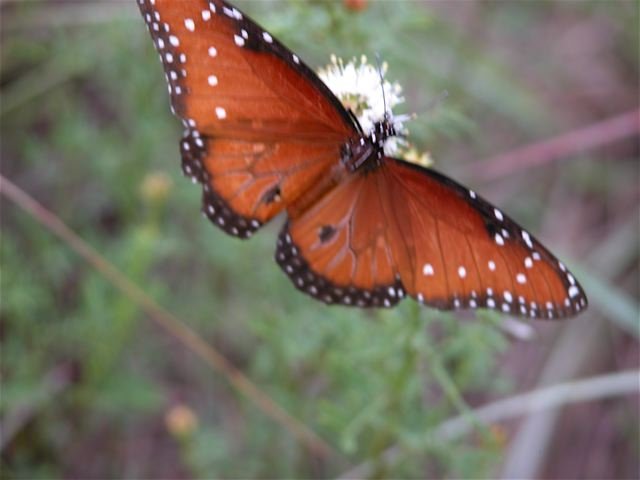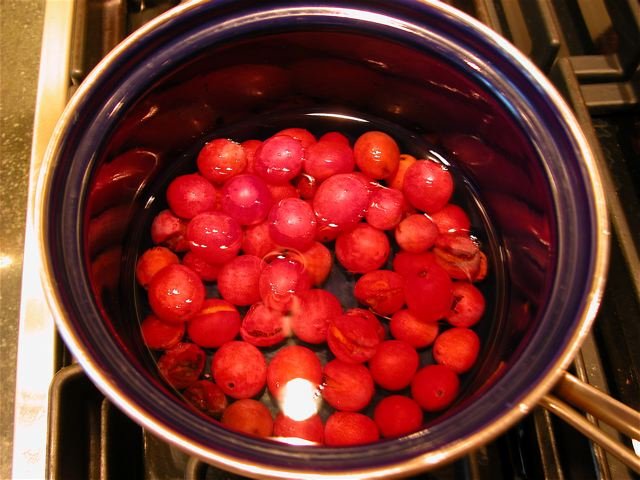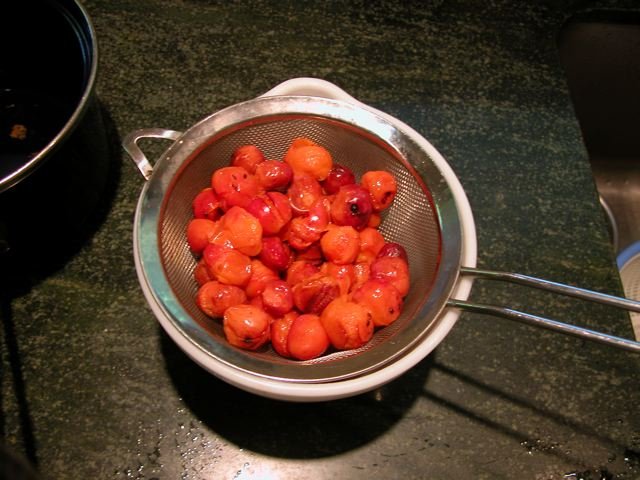prairie notes #44: Creek Plum Romance
Prairie Notes are monthly photo/journal observations from Tandy Hills Natural Area by Founder/Director, Don Young. They include field reports, flora and fauna sightings, and more, mixed with a scoop of dry humor and a bit of philosophy. They are available free to all who get on the FOTHNA email list.
Creek Plum Romance
Prairie Notes #44
August 1, 2010
Field Report
2. Chinese Zodiac
3. Creek Plum Romance
1) Field Report
Weather-wise, July 2010 has been a schizophrenic month at THNA. It started out unusually wet and tropical before returning to normal dryness. Even more unusual, occasional thunderstorms persisted through the end of the month. This is good news to prairie grass, as the long, hot march through August begins.
The last time we had this much rain was in 2007, a record year for all native grasses, including, Indian Grass that reached as high as an elephant's eye. 2010 is shaping up to be another gusher of grass.
Big Bluestem (Andropogon gerardii) at THNA reached over 8 feet tall after heavy summer rains in 2007.
2) The Chinese Zodiac
The Chinese zodiac got it only half right, I say. The year 2010 is actually the Year of the Tiger Swallowtail. The giant, bird-like creatures and other butterflies are a common sight over Tandy Hills this summer in numbers like I have never seen. Dragonflies, too, are multiplying rapidly to keep up with the mosquitoes, completing the wheel of life cycle that summer rain brings about.
A Queen butterfly feasts and flutters on Roundhead Prairie Clover (Dalea multiflora) at THNA.
3) Creek Plum Romance
Creek Plum (Prunus rivularis) is a thicket-forming shrub in the Rose Family and one of the earliest Spring bloomers at Tandy Hills Natural Area. (see Prairie Notes #39) Although native to north Texas, it is considered uncommon. There are three colonies of Creek Plum at THNA but have never observed one so heavy with fruit as now.
In early July, I chanced upon the most hidden colony and was amazed to see it covered with hundreds of grape-sized plums. In the bright sunshine of mid-July, they looked like multi-colored jewels of yellow, pink, red and purple. Pretty as they are, I quickly learned the fruit to be extraordinarily tart until purple in color. Plus, the seeds are nearly as big as the plums making me doubt they would make good eating.
Nevertheless, when life gives you Creek Plums, make a tart. I took a batch home to ripen.
Most recipes for these jewels call for jam or jelly but we decided to make a tart. See the step-by-step process in the photos below.
Besides providing fruit tarts for Prairie Keepers, Creek Plum serves many other purposes including, food for birds, insects and mammals; cover for birds and other wildlife; soil erosion control; even in winemaking.
CAUTION: Eating the fruit is safe, but never eat the leaves or seeds. Like many other common fruits, they contain compounds that can yield hydrogen cyanide.
Learn more about Creek Plum at the Lady Bird Johnson Wildflower Center website:
http://www.wildflower.org/plants/result.php?id_plant=PRRI
Take a vacation from your vacation. Come to the meadow and graze on wild plums, walk through real prairie grass and marvel at the giant butterflies that float majestically on the summer breeze. It's heaven on Earth.















